Greenland extends COVID-19 entry requirements until July 20
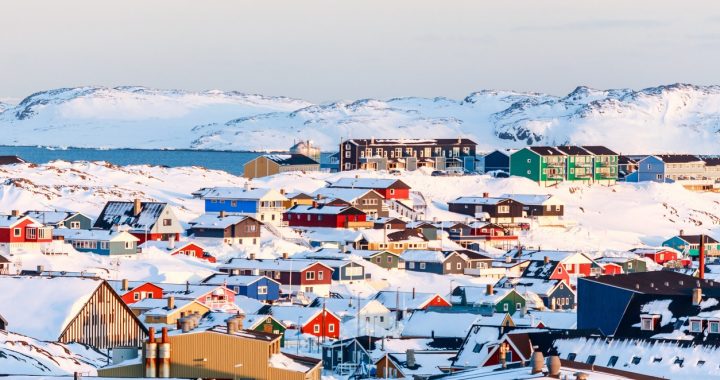
With no new COVID-19 cases since passenger flights resumed June 15, Greenland is extending its entry requirements until July 20, saying they are proving effective at keeping new coronavirus infections out of the territory.
Phase 1 of Greenland’s reopening strategy started on June 15, with the autonomous territory allowing up to 600 plane passengers per week. It was contingent on the COVID-19 reproduction rate in Denmark being below one, meaning for every person with the coronavirus, less than one other person is infected.
Travellers arriving in Greenland are required to prove they’ve tested negative for COVID-19 within the last five days, they must then self-quarantine and get retested on day five of their arrival in Greenland. If they test negative, their quarantine can end.
On Thursday, the government released data that 3,850 passengers were tested since the reopening, and there have been zero positive COVID-19 cases.
Not ready to enter phase two, says PM
However, the Greenlandic government says further vigilance is needed as nearby jurisdictions open up, before moving on to Phase 2 of Greenland’s reopening plan.
“We have chosen to do this to get the full picture of the consequences of Denmark, Iceland and the Faroe Islands’ increased opening for travellers, so we can best detect a possible infection spread,” said Greenland’s Prime Minister Kim Kielsen in a news release.
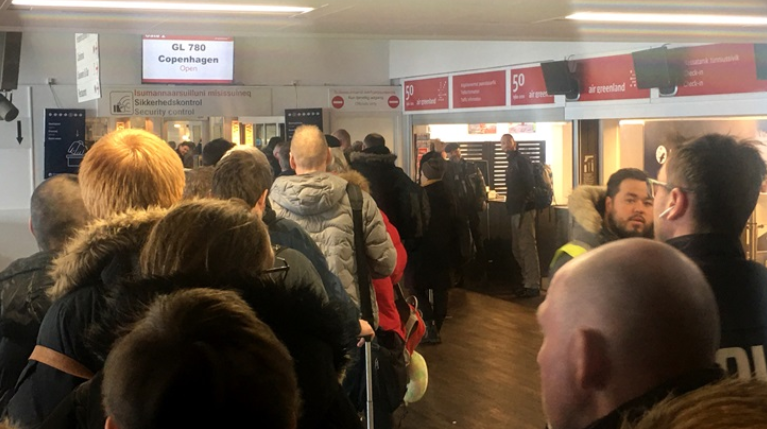
- Phase 1: Allowing a maximum of 600 people per week to travel to Greenland once the COVID-19 reproduction rate in Denmark is below one, meaning for every person with the coronavirus, less than one other person is infected
- Phase 2: 1200 passengers allowed to travel to Greenland per week once with the reproduction rate in Denmark is below 0.7
- Phase 3: No restrictions on the number of air passengers once the COVID-19 reproduction rate in Denmark falls below 0.5 and the percentage of infected Danes is less than 1 per cent of the total population.
Kielsen said he also wanted more time to acquire personal protective equipment and testing equipment that could be distributed in communities outside of the capital city of Nuuk.
“We are also still awaiting test equipment for the regional hospitals, and it is important to know when the equipment will arrive when further opening is discussed, ” Kielsen said.
“As long as all tests continue to be analyzed in Nuuk, further opening is not appropriate as tests and quick test responses are important elements of the containment strategy,” the government added in a news release.
In all, Greenland had a total of 11 confirmed COVID-19 cases since the pandemic began, but all people have since recovered and there’s been no new cases since the end of March.
Faroe Islands also testing
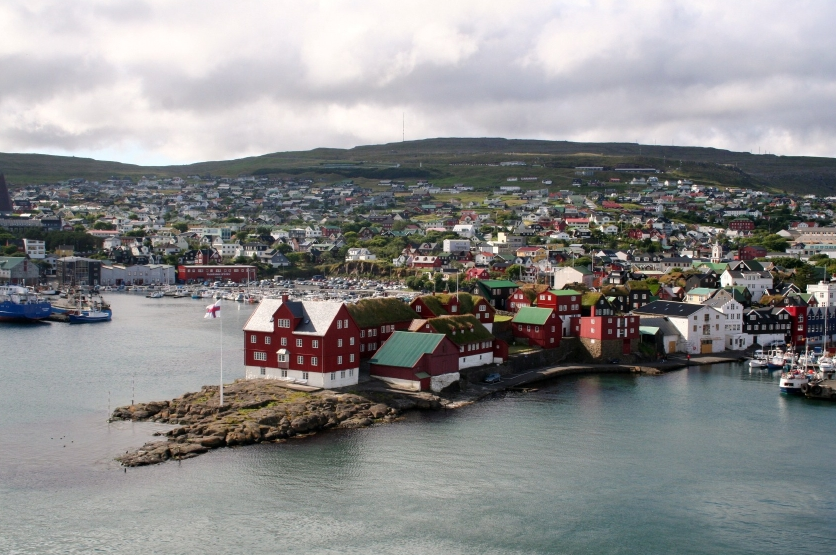
The Faroe Islands, also an autonomous territory and part of the Kingdom of Denmark like Greenland, is relying on testing on arrival as they reopen.
Since June 27, the Faroe Islands has been testing travellers when they arrive.
Testing will be free until July 10. After that it will cost 390 Danish kroner (approximately $80 CDN) for travellers arriving by plane and 500 Danish kroner (approximately $100 CDN), if arriving by ferry.
Visitors must self-quarantine until they receive the results.
Children under 12 are exempt.
The Faroe Islands has reported 187 total confirmed COVID-19 cases, but all people have since recovered.
Write to Eilís Quinn at eilis.quinn(at)cbc.ca
Related stories from around the North:
Canada: Inuit gov. in Labrador, Canada tells out-of-province travellers to stay away despite ‘Atlantic bubble’, Eye on the Arctic
Finland: Finland joins other Nordic countries in virtual tourism due to pandemic, Yle News
Iceland: Iceland lowers price of on-arrival COVID-19 testing, Eye on the Arctic
Norway: Norwegian Arctic wilderness tourism hit particularly hard by coronavirus, The Independent Barents Observer
Russia: All Russia’s North Pole cruises rescheduled to 2021, Eye on the Arctic
Sweden: Sweden seen as major source of COVID-19 in Western Finland region, Yle News
United States: Airline shutdown creates new challenges for rural Alaska, The Associated Press


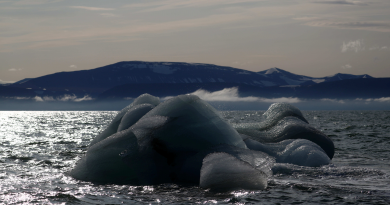
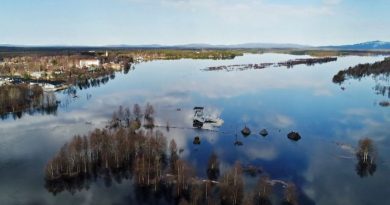
I wish I live in Greenland. The authority here in my country seems to be just letting people got contracted the virus just for the sake of “economic growth”. Even the high leaders seems to be neglecting their own people just to save their public image, rather than to save their citizens. 🙁